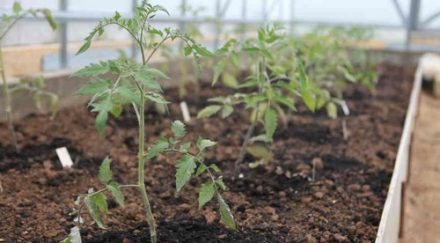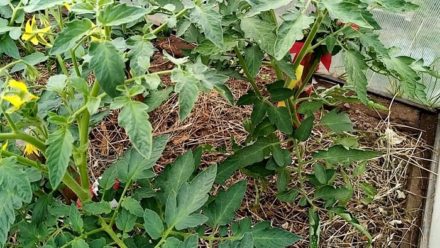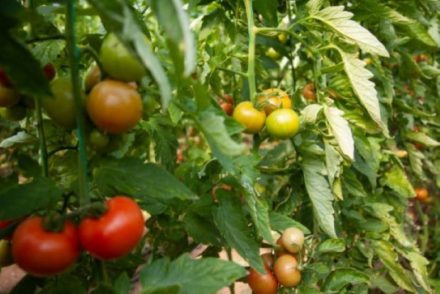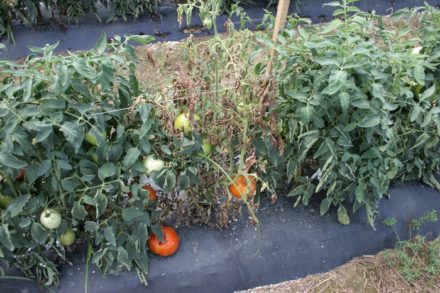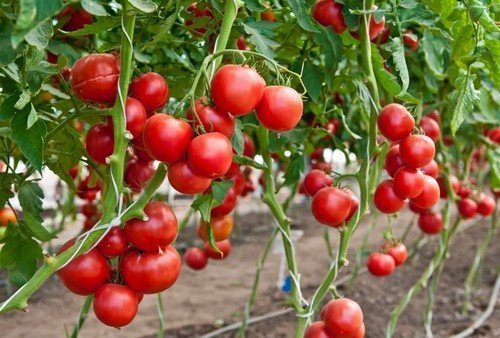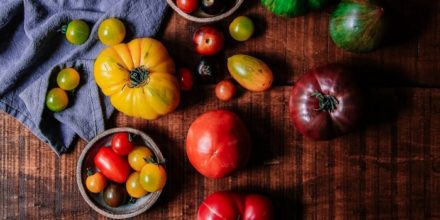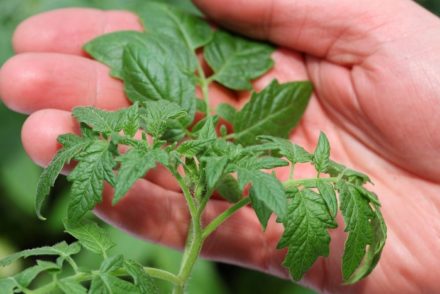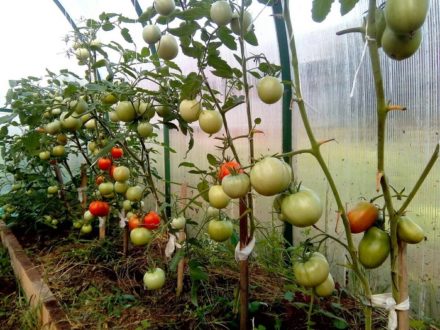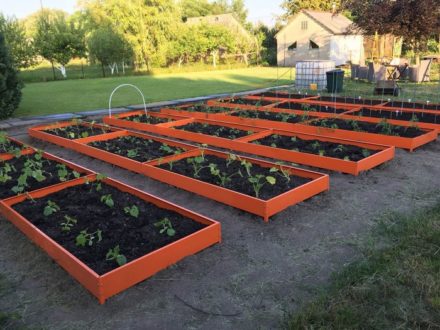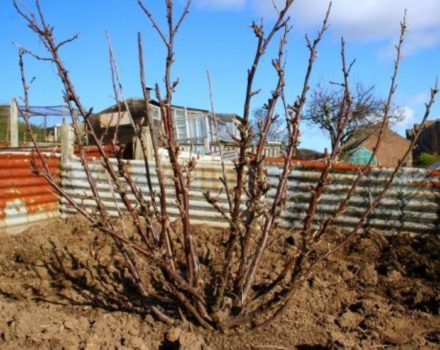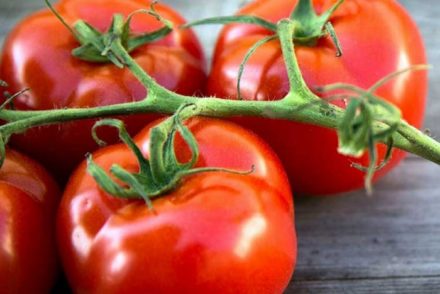Heat-loving tomatoes are planted as seeds for seedlings in February or March. Seedlings should enter the soil after the arrival of stable heat. Transplanting to a permanent location is stressful for plants. Beginning gardeners can make mistakes at this stage that will negatively affect the development of tomatoes in the future, and therefore the yield.
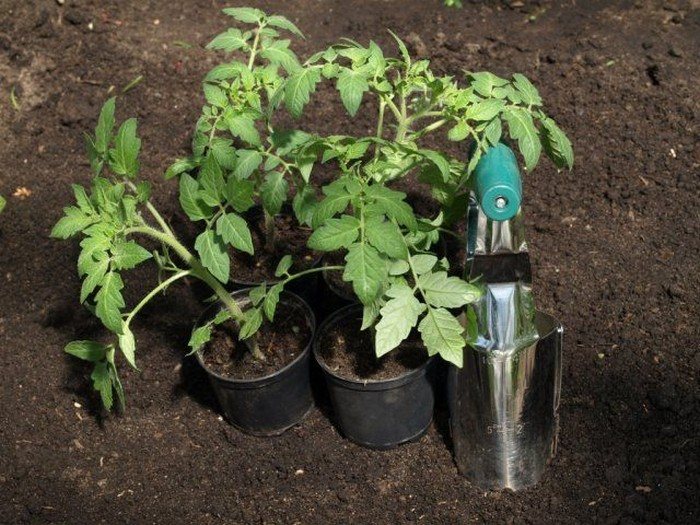
Failure to comply with disembarkation deadlines
The timing of sowing seeds must be calculated in advance so that the tomatoes hit the ground at a certain age. This indicator depends on the characteristics of the variety:
- early ripening - 40–50 days;
- mid-season - 55–60 days;
- late ripening - 70 days.
If you keep the seedlings at home, the tomatoes become overgrown. In the future, it will take them longer to adapt. Overgrown seedlings take root worse and may even get sick. At the same time, you cannot plant bushes too early. The plants should have 8–10 leaves.
Tomatoes can die even at above-zero temperatures if it suddenly gets cold outside to +1° C. In the case when the seedlings are overgrown and it’s cold outside, it is necessary to use temporary shelters. For this purpose, plastic bottles without a bottom, cardboard boxes, buckets and other improvised items are used.Plant tomatoes correctly when the temperature of the top layer of soil reaches +10–12 °C and remains stable for 4–5 days.
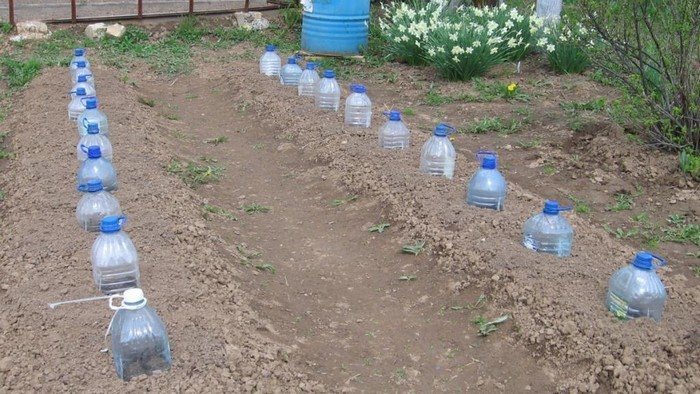
Neglect of crop rotation rules
Neglecting the rules of crop rotation threatens crop loss due to soil depletion and the accumulation of pathogenic microflora in it. Tomatoes belong to the nightshade family, which means they share diseases with related crops - potatoes, peppers, eggplants. These vegetables are absolutely not suitable as predecessors to tomatoes. Tomatoes should not be planted after the tomatoes themselves.
The best way to plant tomatoes is:
- after cabbage;
- legumes;
- carrots;
- cucumbers;
- Luke.
Tomatoes can be returned to their original planting location after 3–4 years. If the area of the plot is limited and it is not possible to observe crop rotation, you will need to replace the top layer of soil 10–15 cm thick and be sure to fertilize the bed well. Additionally, the soil is disinfected by pouring a hot solution of copper sulfate.
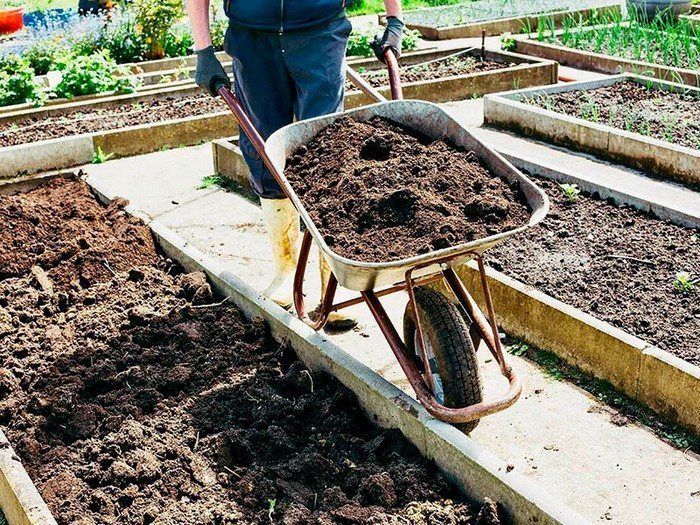
Planting during the day in the sun
Good sunny weather pleases summer residents, but for tomatoes the sun during transplantation will be destructive. You need to start planting seedlings in the garden early in the morning, in the evening or in cloudy weather.
If newly planted bushes are exposed to direct sun, the leaves will get burned. As a result, the plants will experience stress, which will cause a delay in development and fruiting. Additional treatment with Epin or Zircon immediately after transplantation will help the tomatoes quickly get used to their new location.
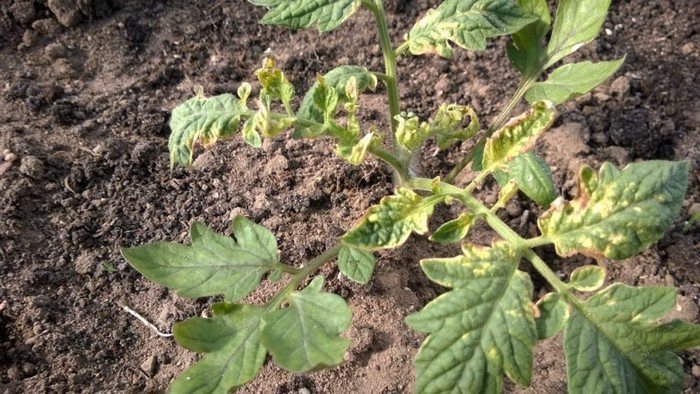
Inappropriate landing pattern
Each variety of tomato has its own planting scheme. First of all, take into account the dimensions of an adult plant. The gap between compact tomatoes should be 45–50 cm. Tall tomatoes are planted at intervals of 50–65 cm. Row spacing in both cases should be 60–70 cm wide.
When planted closer together, tomatoes will compete with each other for nutrition and moisture. Bushes growing close to each other have worse airflow and receive less sun. Under such conditions, yields will be lower and the risk of fungal diseases will increase.
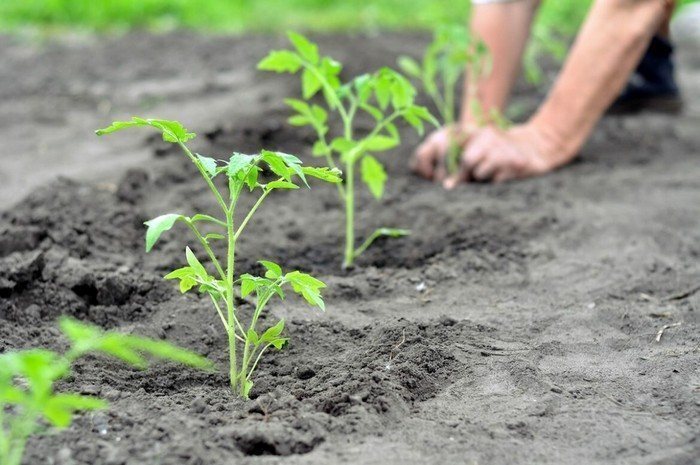
Incorrect location of roots in the hole
Sometimes when growing tomato seedlings, their roots bend upward. This happens when planting in a tight container or when the plants have spent more time at home than necessary. When planting, the roots must be straightened; if they remain bent upward, the bush will not be able to develop.
It is better to plant overgrown seedlings in a special way - at an angle or with recess. While in the ground, the stems will grow adventitious roots, and the tomatoes will receive more nutrition. In the first 2–3 days after planting, the seedlings can lie down. In this case, you don’t need to do anything; in the future, the plants themselves will take a vertical position.
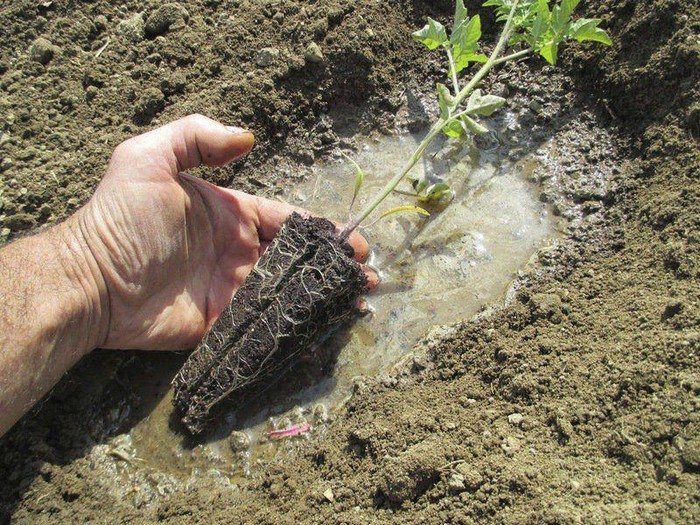
Caring for tomatoes does not end with planting them in open ground. For good fruiting, the bushes are watered, alternately fed with organic and mineral fertilizers, and protected from pests. Only in this case will it be possible to obtain a full harvest in due time.


